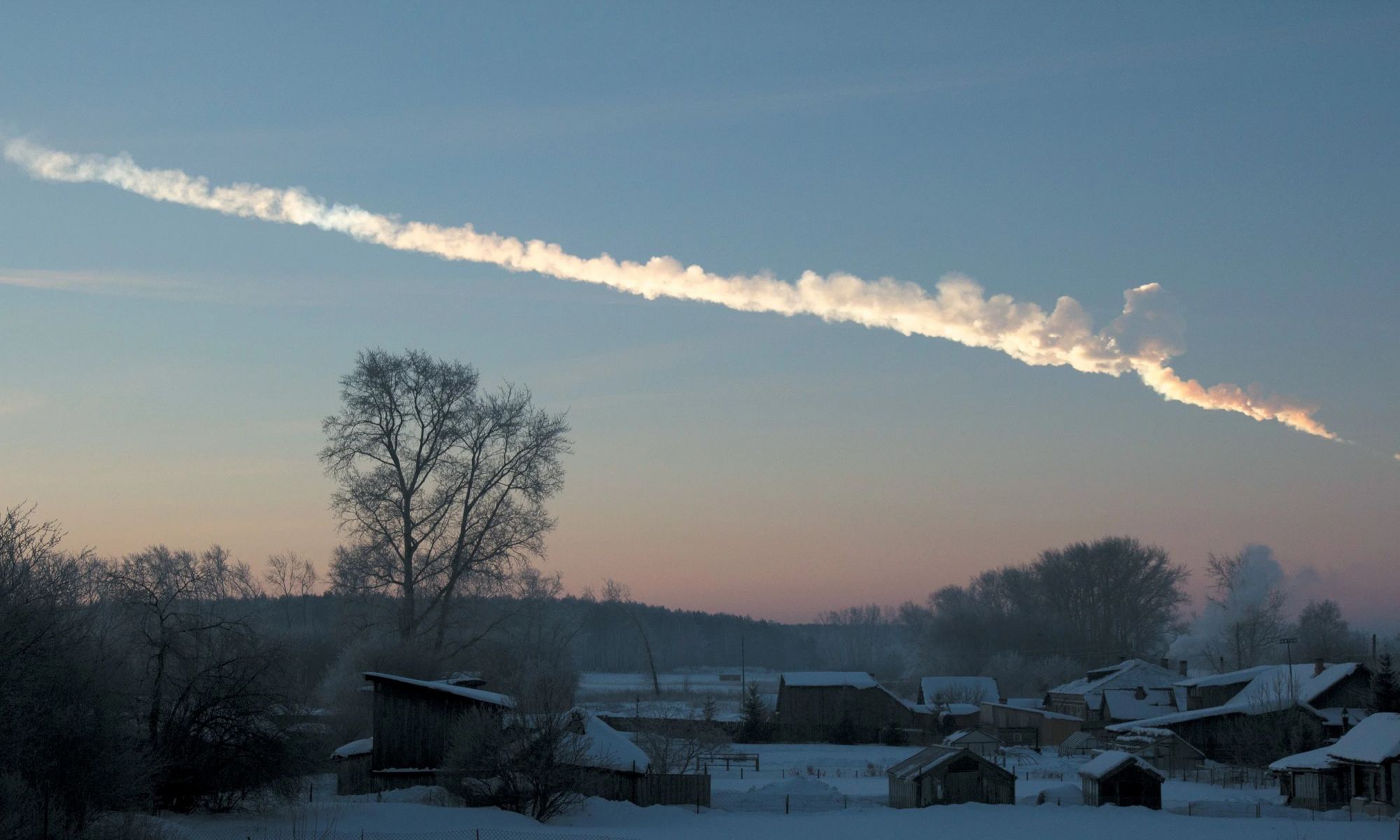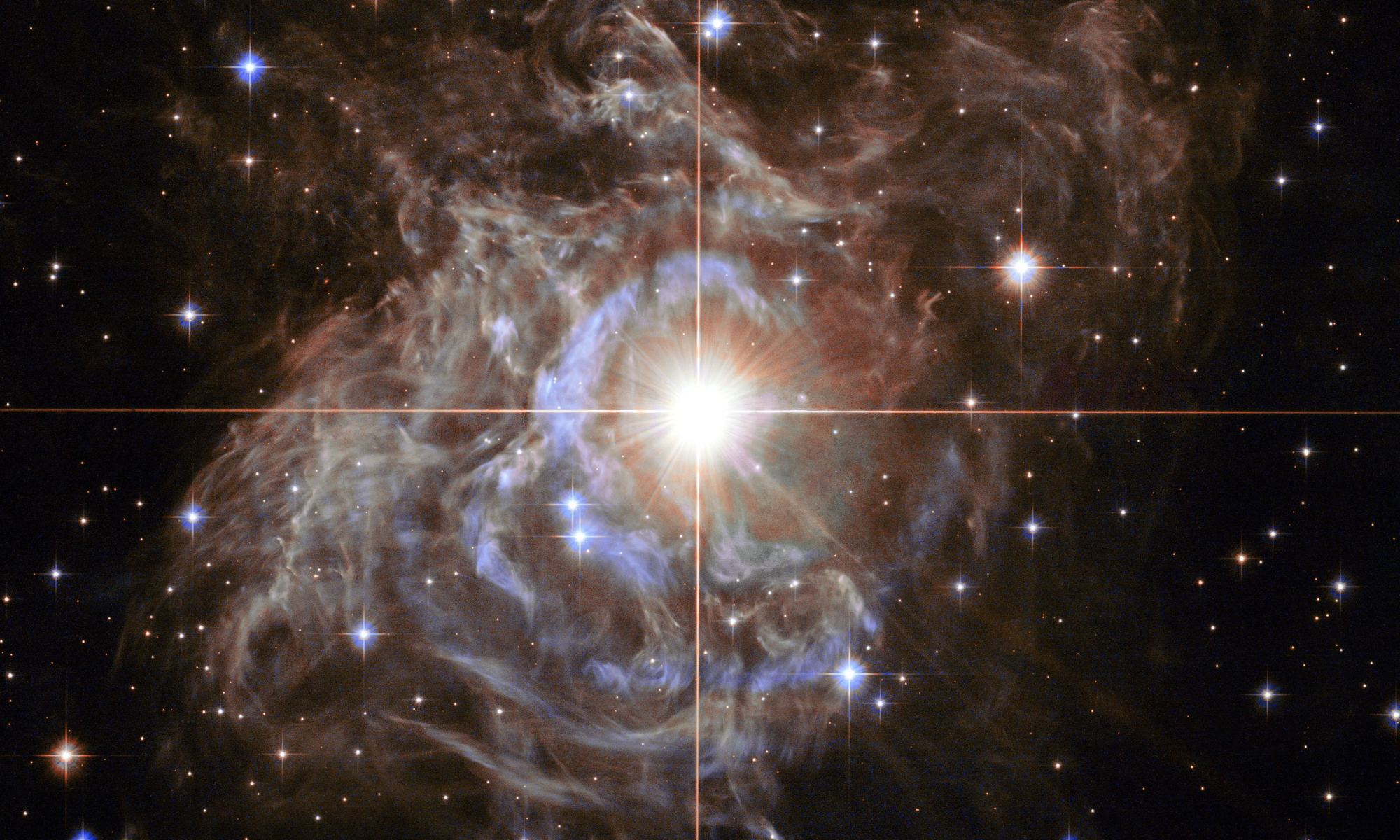Protecting the astronauts of the Artemis program is one of NASA’s highest priorities. The agency intends to have a long-term presence on the Moon, which means long-term exposure to dangerous radiation levels. As part of the development of the Artemis program, NASA also set limits to the radiation exposure that astronauts can suffer. Other hazards abound on the lunar surface, including a potential micrometeoroid strike, which could cause catastrophic damage to mission equipment or personnel. NASA built a team to design and develop a “Lunar Safe Haven” to protect from these hazards. Their working paper was released in 2022 but still stands as NASA’s best approach to long-term living on the lunar surface.
Continue reading “Could A Mound of Dust and Rock Protect Astronauts from Deadly Radiation?”Take a Look at These Stunning New Exoplanet Infographics

Martin Vargic is a space enthusiast, author, and graphic artist from Slovakia. He created two new infographic posters that show almost 1600 exoplanets of different types and sizes. One is called Icy and Rocky Worlds, and the other is called The Exoplanet Zoo.
Continue reading “Take a Look at These Stunning New Exoplanet Infographics”Could We Detect an Alien Civilization Trying to Warm Their Planet?

Humanity is facing an atmospheric threat of our own device, and our internecine squabbles are hampering our ability to neutralize that threat. But if we last long enough, the reverse situation will arise. Our climate will cool, and we’ll need to figure out how to warm it up. If that day ever arises, we should be organized enough to meet the challenge.
If there are other civilizations out there in the galaxy, one may already be facing a cooling climate or an ice age. Could we detect the greenhouse chemicals they would be purposefully emitting into their atmosphere in an attempt to warm their planet?
Continue reading “Could We Detect an Alien Civilization Trying to Warm Their Planet?”Happy Asteroid Day! Schweickart Prize Spotlights Planetary Defense

Every year on June 30, Asteroid Day marks the anniversary of a meteor airburst in 1908 that leveled hundreds of square miles of Siberian forest land. But a more recent meteor blast — and a new plan for getting advance warning of the next one — is receiving some added attention for this year’s Asteroid Day.
The first-ever Schweickart Prize, named in honor of Apollo 9 astronaut Rusty Schweickart, is going to a researcher who has proposed a system for spotting potentially threatening asteroids coming at us from a difficult-to-monitor zone between Earth and the sun. It was just such an asteroid that blew up over the Siberian city of Chelyabinsk in 2013, spraying debris that injured about 1,500 people and caused an estimated $33 million in property damage.
The proposal from astronomy Ph.D. student Joseph DeMartini calls for setting up a consortium of ground-based observatories, anchored by the Vera C. Rubin Observatory in Chile, to focus on the twilight sky just after sunset and just before sunrise. Those are the times of day when astronomers have the best chance of finding sunward near-Earth objects (NEOs) that spend much of their time within Earth’s orbit.
“It’s a very interesting proposal that we hope gets picked up,” Rusty Schweickart said.
Continue reading “Happy Asteroid Day! Schweickart Prize Spotlights Planetary Defense”Existing Telescopes Could Directly Observe ‘ExoEarths…’ with a Few Tweaks

One proposal offers a unique method to directly image ExoEarths, or rocky worlds around nearby stars.
It’s the holy grail of modern exoplanet astronomy. As of writing this, the count of known worlds beyond the solar system stands at 6,520. Most of these are ‘hot Jupiters,’ large worlds in tight orbits around their host star. But what we’d really like to get a look at are ‘ExoEarths,’ rocky worlds (hopefully) like our own.
Continue reading “Existing Telescopes Could Directly Observe ‘ExoEarths…’ with a Few Tweaks”Cepheid Variables are the Bedrock of the Cosmic Distance Ladder. Astronomers are Trying to Understand them Better

One of the most fundamental questions astronomers ask about an object is “What’s its distance?” For very faraway objects, they use classical Cepheid variable stars as “distance rulers”. Astronomers call these pulsating stars “standard candles”. Now there’s a whole team of them precisely clocking their speeds along our line of sight.
Continue reading “Cepheid Variables are the Bedrock of the Cosmic Distance Ladder. Astronomers are Trying to Understand them Better”Dark Matter: Why study it? What makes it so fascinating?

Universe Today has had some incredible discussions with a wide array of scientists regarding impact craters, planetary surfaces, exoplanets, astrobiology, solar physics, comets, planetary atmospheres, planetary geophysics, cosmochemistry, meteorites, radio astronomy, extremophiles, organic chemistry, black holes, cryovolcanism, and planetary protection, and how these intriguing fields contribute to our understanding regarding our place in the cosmos.
Here, Universe Today discusses the mysterious field of dark matter with Dr. Shawn Westerdale, who is an assistant professor in the Department of Physics & Astronomy and head of the Dark Matter and Neutrino Lab at the University of California, Riverside, regarding the importance of studying dark matter, the benefits and challenges, the most exciting aspects about dark matter he’s studied throughout his career, and advice for upcoming students who wish to pursue studying dark matter. So, what is the importance of studying dark matter?
Continue reading “Dark Matter: Why study it? What makes it so fascinating?”That’s No Planet. Detecting Transiting Megastructures
One of the easiest ways to find exoplanets is using the transit method. It relies upon monitoring the brightness of a star which will then dim as a planet passes in front of it. It is of course possible that other objects could pass between us and a star; perhaps binary planets, tidally distorted planets, exocomets and, ready for it…. alien megastructures! A transit simulator has been created by a team of researchers and it can predict the brightness change from different transiting objects, even Dyson Swarms in construction.
Continue reading “That’s No Planet. Detecting Transiting Megastructures”A Single Robot Could Provide a Mission To Mars With Enough Water and Oxygen
Utilizing regolith on the Moon or Mars, especially to refill propellant for rockets to get back off the surface, is a common theme in the more engineering-minded space exploration community. There have been plenty of proof-of-concept technologies that could move us toward that goal. One of the best supported was the Regolith Advanced Surface Systems Operations Robot (RASSOR). Let’s take a look at what made this project unique.
Continue reading “A Single Robot Could Provide a Mission To Mars With Enough Water and Oxygen”Webb Sees Globular Clusters Forming in the Early Universe

Picture the Universe’s ancient beginnings. In the vast darkness, light was emitted from a particular galaxy only 460 million years after the Big Bang. On the way, the light was shifted into the infrared and magnified by a massive gravitational lens before finally reaching the James Webb Space Telescope.
The galaxy is called the Cosmic Gems arc, and it held some surprises for astronomers.
Continue reading “Webb Sees Globular Clusters Forming in the Early Universe”


